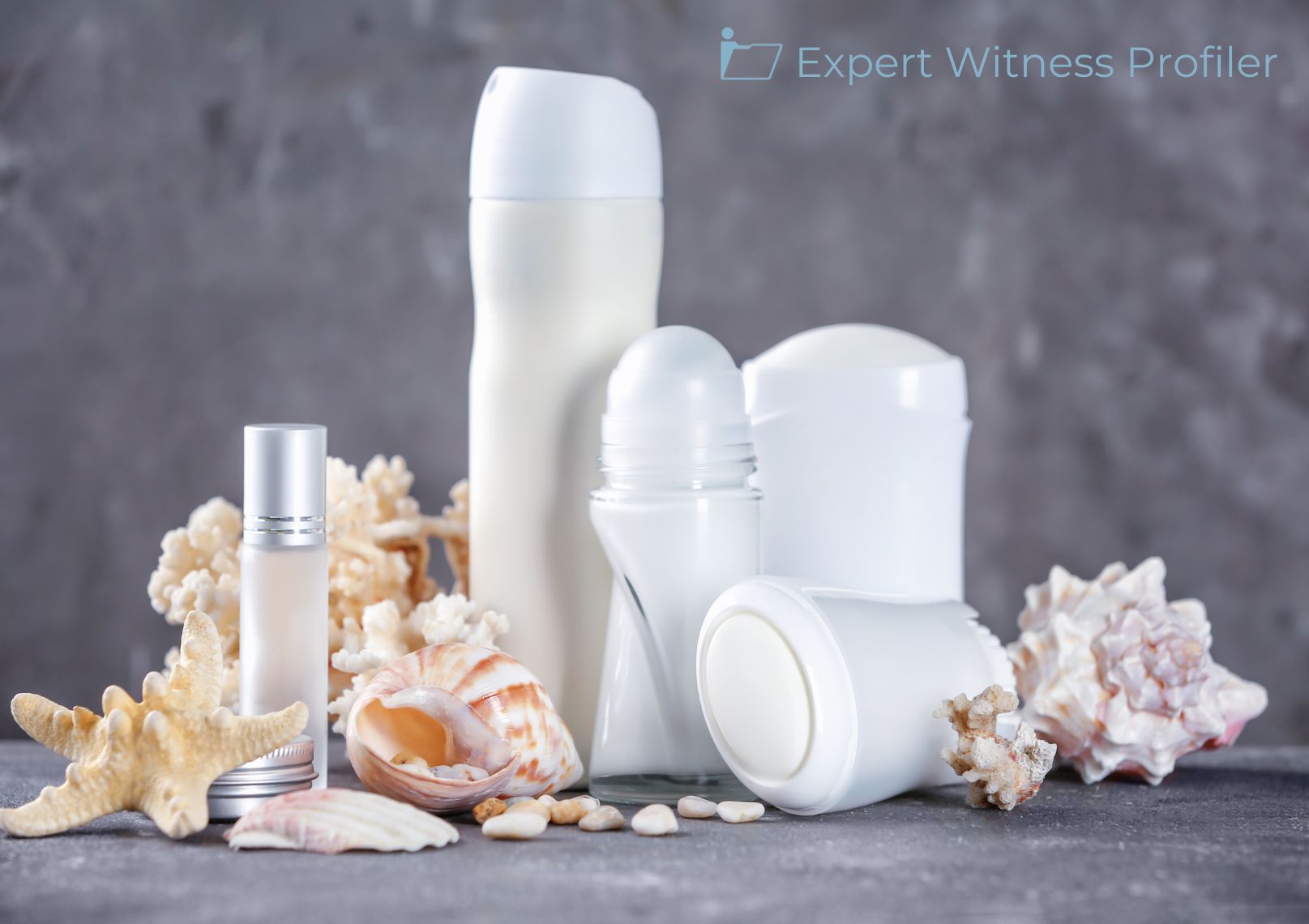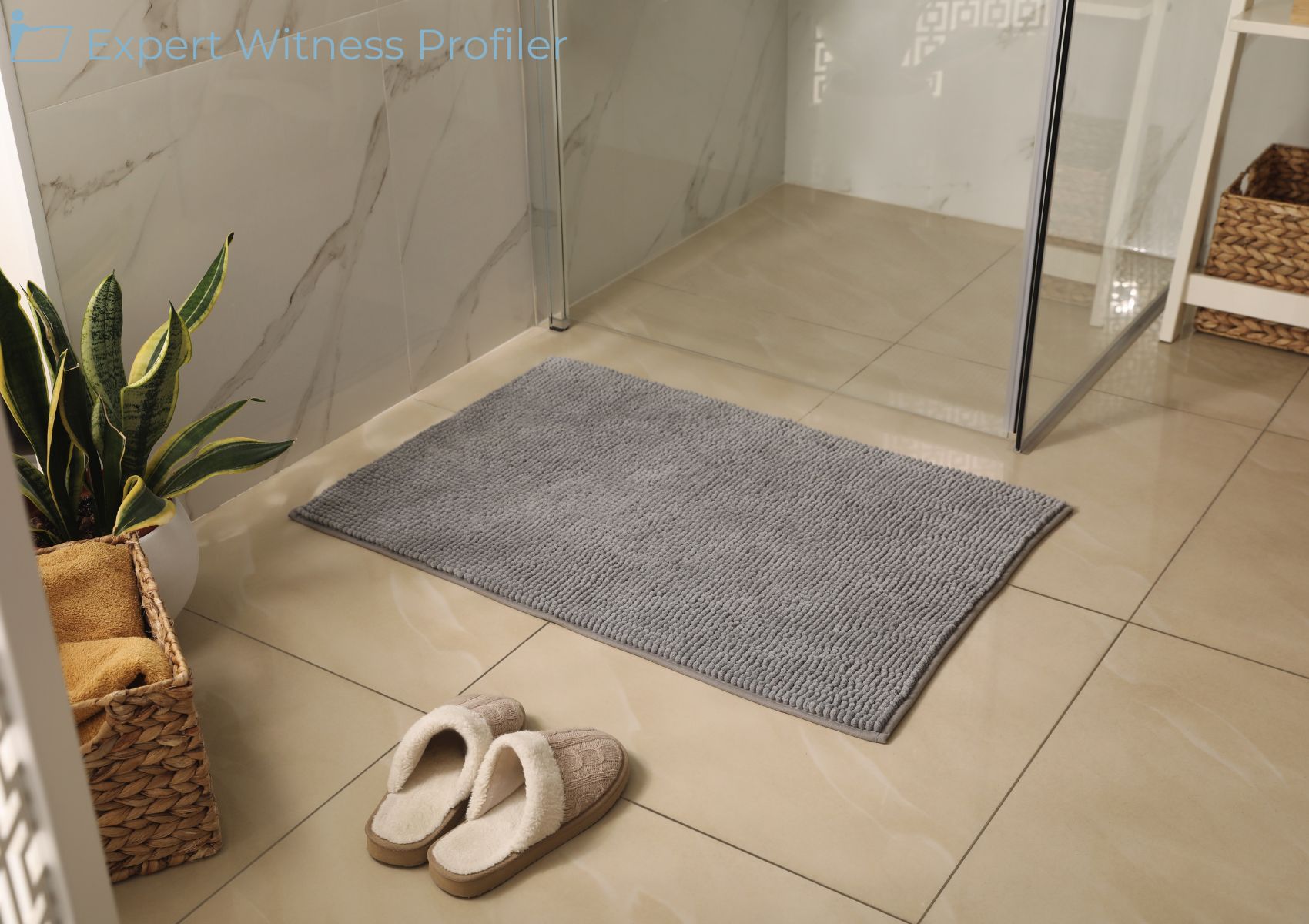Court rejects expert testimony on unfair trade practices and consumer expectations regarding deodorants and antiperspirants; Closes Case
Posted on October 6, 2023 by Expert Witness Profiler
This case involved a putative class action lawsuit filed by four Plaintiffs – Nicole Krause-Pettai, Christy Stevens, Kevin Bolden, and Errol Carreon – against Defendant Unilever United States, Inc. The Plaintiffs claimed that they were deceived into buying Unilever’s deodorant and antiperspirant products because the oversized packaging created the illusion that the products contained more than competitors’ same-weight items.
The Plaintiffs brought claims under California’s consumer protection laws – the Consumers Legal Remedies Act (CLRA), False Advertising Law (FAL), and Unfair Competition Law (UCL). They alleged that much of the volume in Unilever’s products was nonfunctional slack fill. The Plaintiffs sought class certification on the basis that Unilever engaged in unfair and deceptive trade practices.
Unilever moved for summary judgment and also filed motions to exclude the testimony of the Plaintiffs’ two expert witnesses, Dr. Sher Paul Singh and Dr. Forrest Morgeson III. Unilever argued that federal law preempted the Plaintiffs’ state law claims regarding slack fill in drugs and cosmetics. This was an issue of first impression in the Ninth Circuit.

Packaging Expert Witness
Sher Paul Singh, Ph.D. is a highly qualified packaging expert with over 26 years of faculty service at the School of Packaging, Michigan State University. He has been widely published on packaging topics, has testified on these subjects, and provided consulting services to companies on a wide range of packaging issues, including those related to slack-fill.
Marketing Expert Witness
Forrest V. Morgeson, III, PhD. is Associate Professor in the Department of Marketing, Eli Broad College of Business, Michigan State University. He also serves as the Co-Director of the Doctoral Program in Marketing. Morgeson teaches marketing management, marketing strategy, and marketing research courses to graduate students. Morgeson’s research focuses on customer satisfaction and customer experience measurement and management. He completed his Ph.D. in 2005 from the University of Pittsburgh.
Discussions by the Court
The Court first addressed the issue of federal preemption. It held that while California’s specific slack fill regulations were preempted by the federal Food, Drug, and Cosmetic Act (FDCA), the Plaintiffs could still bring state claims alleging that the degree of slack fill rendered Unilever’s products misleading under the general federal prohibitions against misleading containers.
The Court then turned to Unilever’s motions to exclude the opinions of both of the Plaintiffs’ expert witnesses – Sher Paul Singh and Forrest Morgeson III.
Singh, serving as an expert witness, asserted that the accused products contained roughly 20% to 25% less product compared to their available capacity, and he categorized this reduction as entirely nonfunctional in nature.
For Singh, the Court found several problems with the facts and data underlying his opinions. First, Singh’s opinions about the “accused products” only seemed to be based on testing two of the three product designs at issue. The data for the third design was omitted due to an alleged “minor copying error.” Second, among the designs Singh did examine, he only looked at two samples of each kind of deodorant or antiperspirant stick. The Court stated that a sample size of two was a statistically weak basis to support such broad conclusions.
Defendant also questioned the the lack of clarity regarding the precise number and types of products that Singh had tested and examined. His testimony on this matter was inconsistent, as he alternately mentioned having sampled “ten sticks total” or conducting tests at two different times with “ten sticks” once and “eight sticks” another time. Additionally, he mentioned having analyzed around “20, 25” sticks, but this data was not documented in his report. The tables he used to summarize his “weight” and “volume” calculations did not provide much insight into the underlying data, and it remained unclear whether his findings were based solely on the five sticks identified in the first table or if there was overlapping data between the two tables. Furthermore, the mention of five brand names suggested the potential inclusion of various products with differing formulations, sizes, and scents. Singh’s testimony regarding the number of product containers he “examined” was similarly inconsistent, with estimates ranging from 30 to 60. He meant for his product photographs next to tape measures to constitute “visible data,” but could not recreate the complete dataset during his deposition.
The Court also found problems with Singh’s testing methodology and application. His report detailed how he determined the “percentage of slack fill” by measuring the relative heights of product containers and their enclosed products. He also mentioned using an “electronic balance” to weigh the deodorant after extracting it from the container. However, it was only during his deposition that he shed light on the process he followed to extract the product from the casings, which yielded unpredictable results. Before extraction, he mentioned placing the deodorant in the freezer for about ten minutes, followed by a refrigerator set to approximately 35 to 45 degrees for an unspecified duration. Some samples did not come out as expected, and some even broke. Additionally, there were instances where the product was left in the bottom of the container, making it impossible to extract. The number of deodorant sticks affected by these procedures remained unknown, and Singh did not clarify how he overcame these practical challenges or ensured a complete specimen for measurement.
Unilever raised concerns, particularly regarding the volume test. They argued that Singh inexplicably removed the twist-bottom dispensing “platform and internal components” before calculating a deodorant container’s space, thereby inflating his “maximum capacity measurements” and failing to account for the volume or space occupied by the removed components. The Plaintiffs did not provide a direct response to this accusation. Instead, they pointed out that both sides’ experts found roughly the same amount of total empty space in their analyses. However, the crucial distinction in the case was nonfunctional empty space, and here, the calculations sharply diverged: Unilever’s expert contended it was 0%, while Singh asserted it was 100%.
In any event, it is unclear which brands and stick designs Singh subjected to this debatable measurement program.
Overall, the Court held that Singh’s opinions failed to meet the reliability requirements of Federal Rule of Evidence 702. His opinions were not based on sufficient facts or data. Nor were his principles and methods reliable or reliably applied. Thus, the Court excluded Singh’s testimony.
Morgeson provided expert opinions regarding consumer behavior, including the following assertions: Firstly, consumers were inclined to spend limited time scrutinizing package labeling information and typically assumed that larger packages contained more product; Secondly, consumers seldom examined or comprehended net weight labeling on product packages; Thirdly, owing to these consumer tendencies and their limited familiarity with slack fill, Morgeson suggested that the features of Unilever product packaging implied that Unilever customers received less product than they had expected.
For Morgeson, the Court questioned whether his general expertise in consumer behavior could be reliably applied to opinions about Unilever’s specific consumers. Morgeson did not gather any facts or data related to the products at issue . He referenced no studies concerning the deodorant and antiperspirant market. The Court held that without a foundation explaining why research on food consumers could be extrapolated to this market, there was too great an analytical gap between Morgeson’s data and opinions.
The Court found that Morgeson applied no discernible scientific methodology. He merely reviewed general materials and prior research. But he did not analyze any specific data related to Unilever’s products or consumers. As such, the Court held that Morgeson’s testimony was not based on sufficient facts or reliable methods, and excluded his opinions.
The Court also granted summary judgment to Unilever on the Plaintiffs’ negligent misrepresentation and fraudulent and unfair prongs claims, because the Plaintiff not only failed to show that general consuming public and targeted consumers would be misled but the Court also could not find any predicate violation of law despite the Plaintiffs’ allegations and the Plaintiffs were also unable to prove the labeling or packaging was false.
Held
In conclusion, the Court granted Unilever’s motions for summary judgment and to exclude expert testimony. It denied the Plaintiffs’ motion for class certification as moot in light of the summary judgment ruling. The Court entered judgment in favor of Unilever on all claims and closed the case on September 30, 2023.
Key Takeaways
– The Court applied the Federal Rules of Evidence 702 analysis to assess whether the expert opinions were admissible. It looked at whether the testimony would help the fact-finder, was based on sufficient data, and applied reliable principles and methods.
– The Court found major deficiencies with the facts, data, methodology, and application used by both of the Plaintiffs’ proposed experts, Singh and Morgeson.
– For Singh, the Court found his testing sample size was too small, his dataset was ambiguous and not properly documented, and his testing methodology yielded unpredictable results.
– For Morgeson, the Court found his general consumer research couldn’t be reliably applied to this specific product market. He had no data points related to deodorant and antiperspirant consumers.
– The Court held that neither expert satisfied the reliability and relevance requirements for expert testimony under Rule 702.
The key takeaway is that Courts will rigorously examine the basis, methods, and fit of proposed expert opinions. Deficiencies in facts, unreliable methodologies, or lack of applicability to the specific issues can warrant exclusion.





